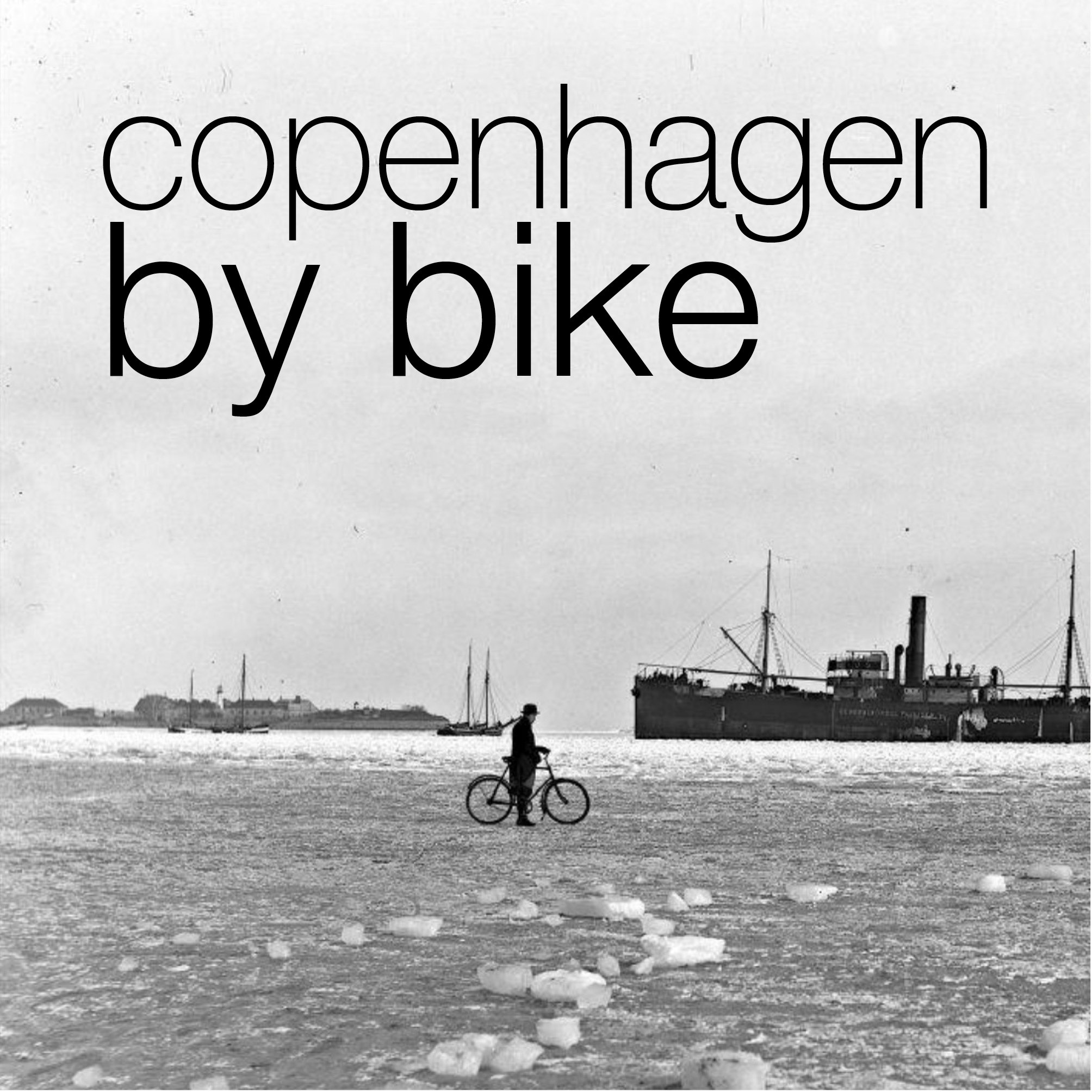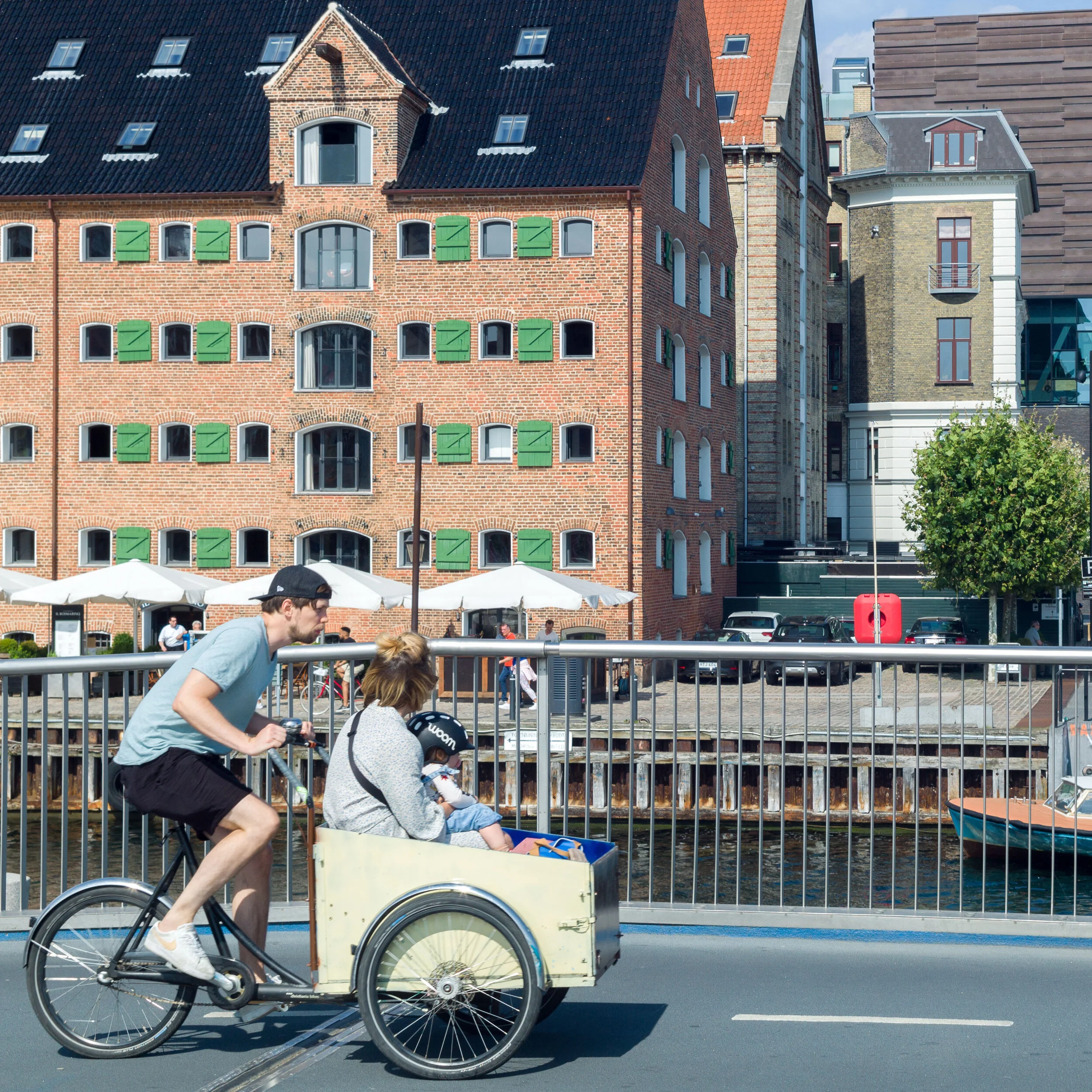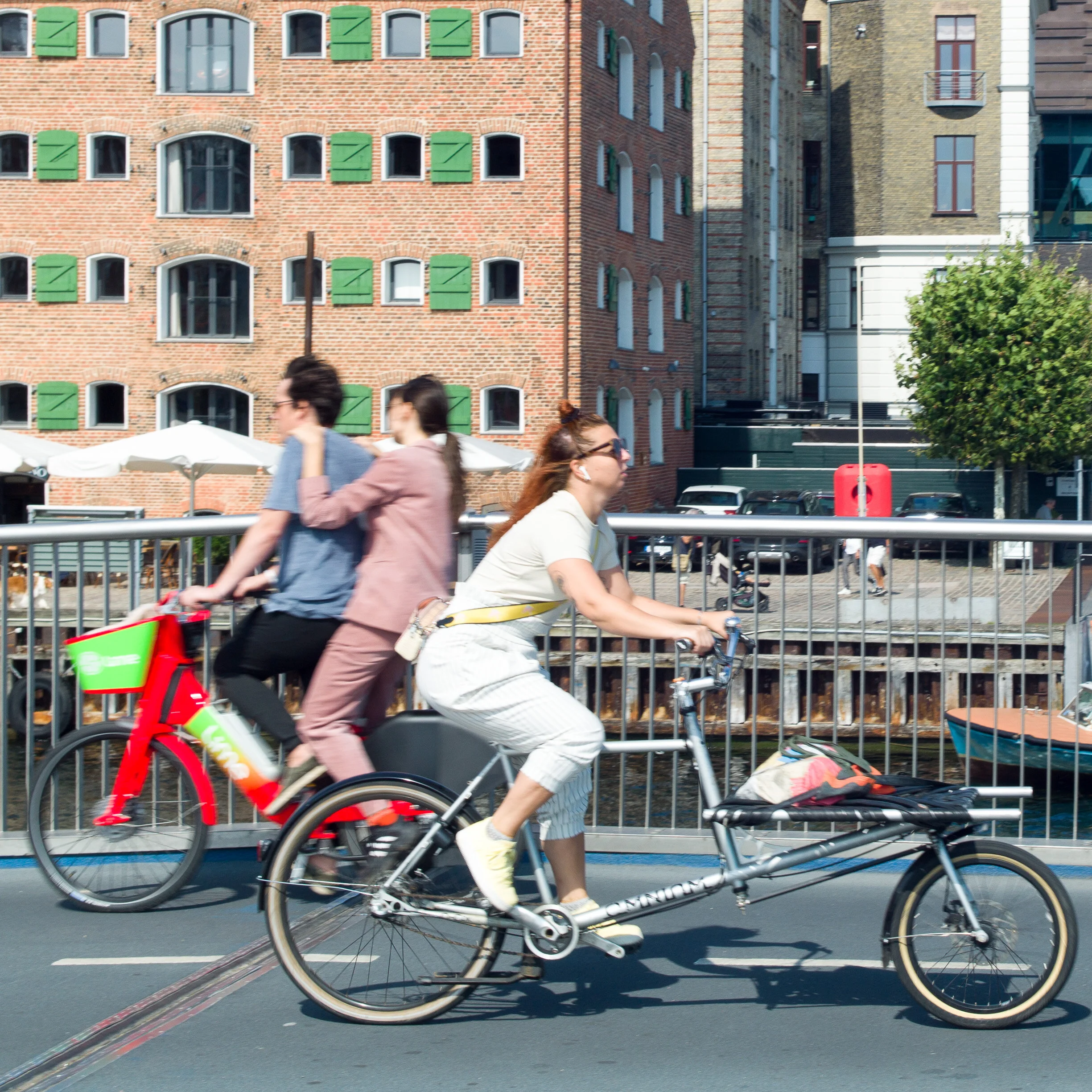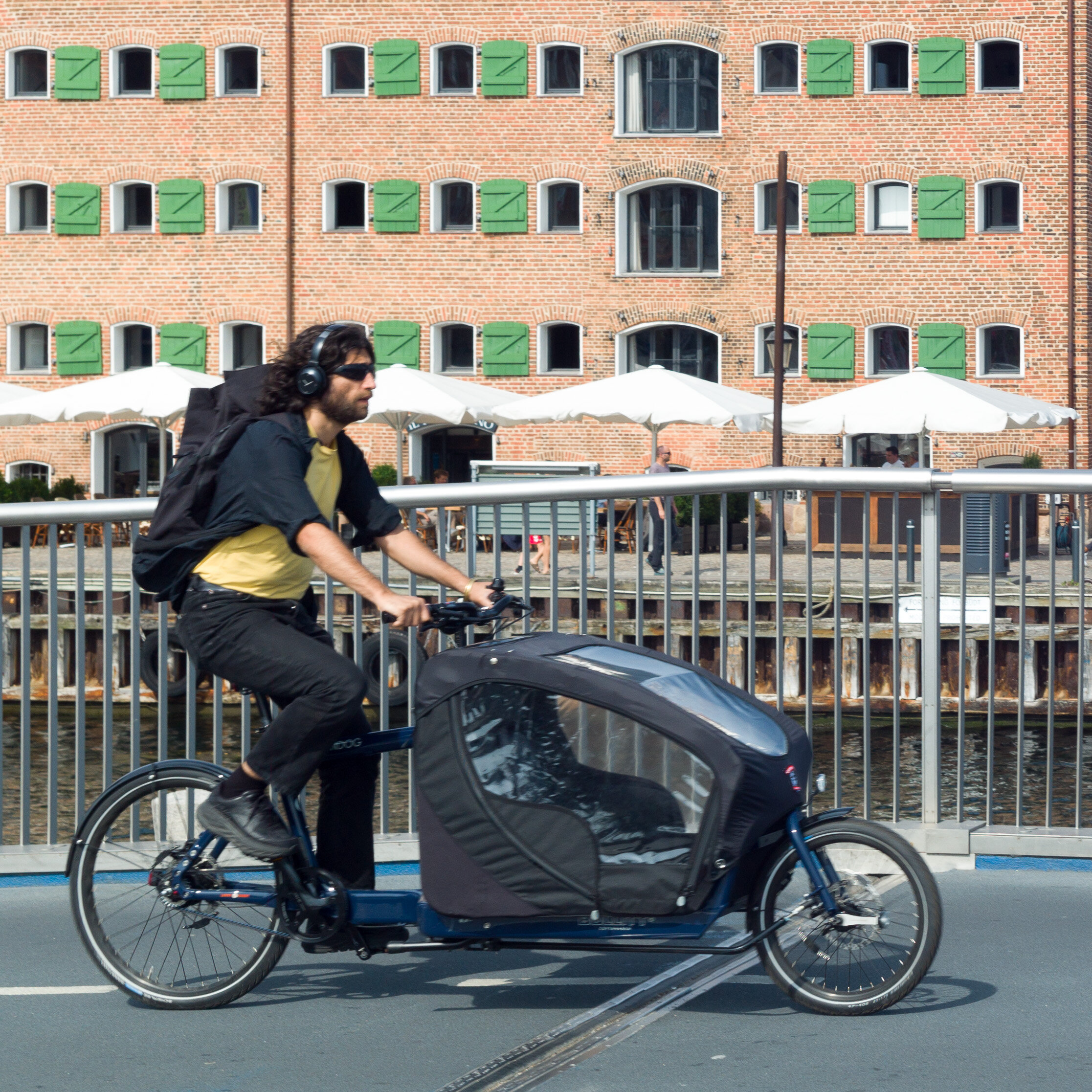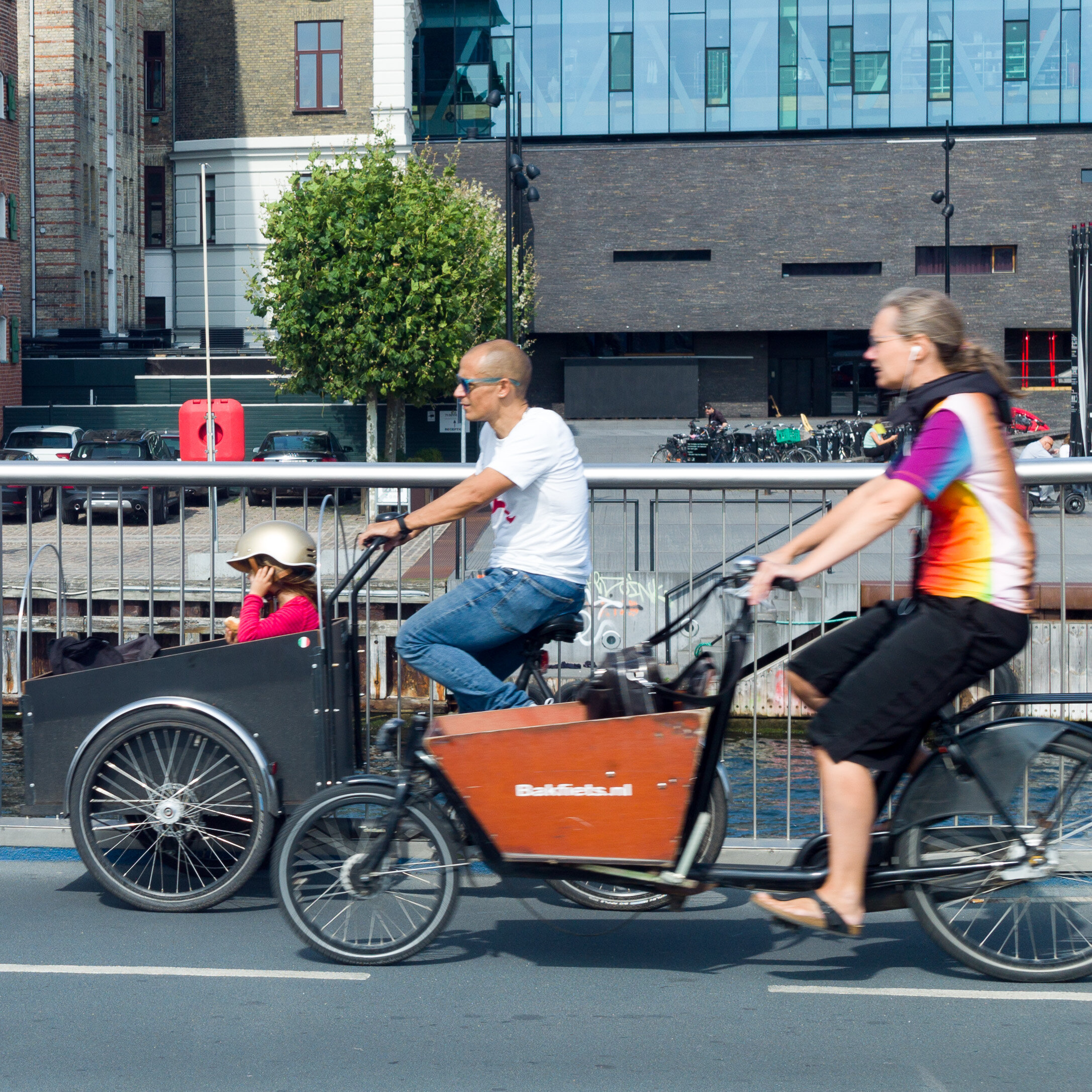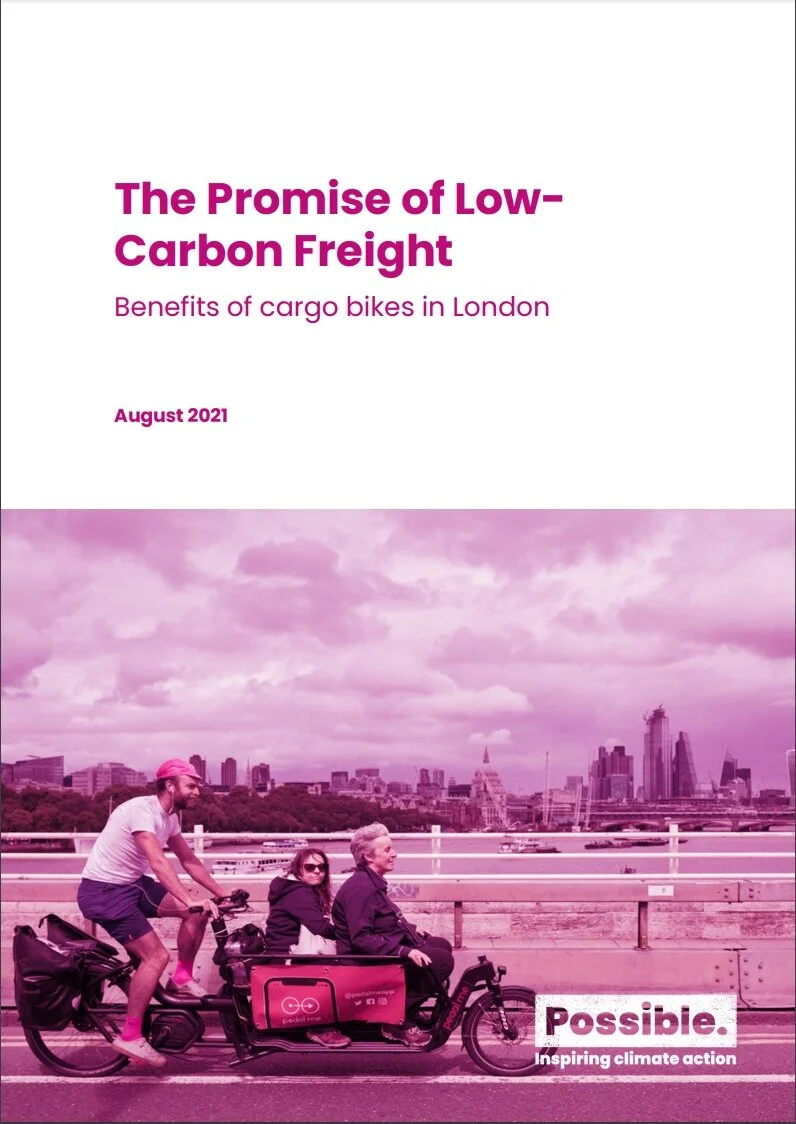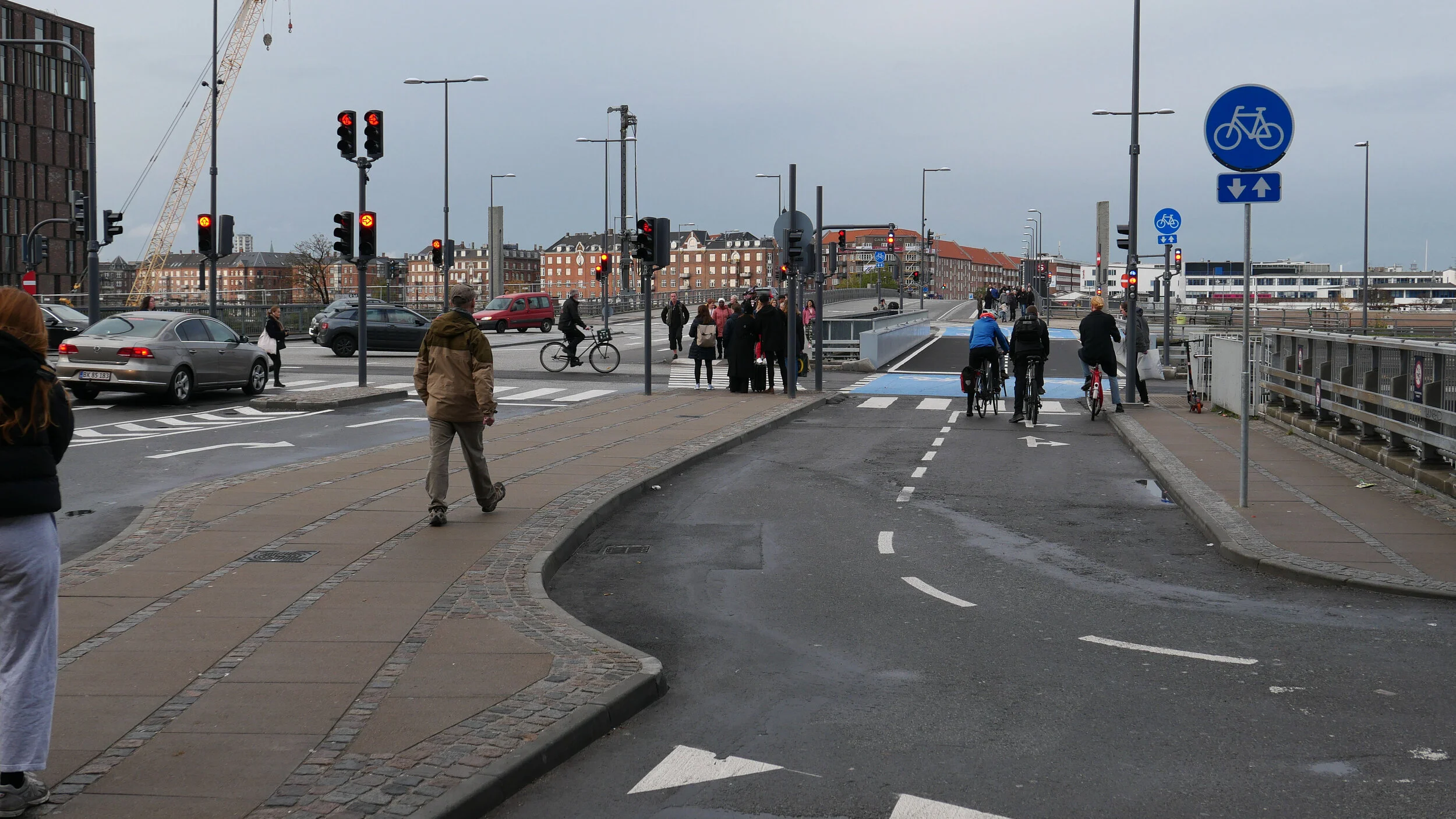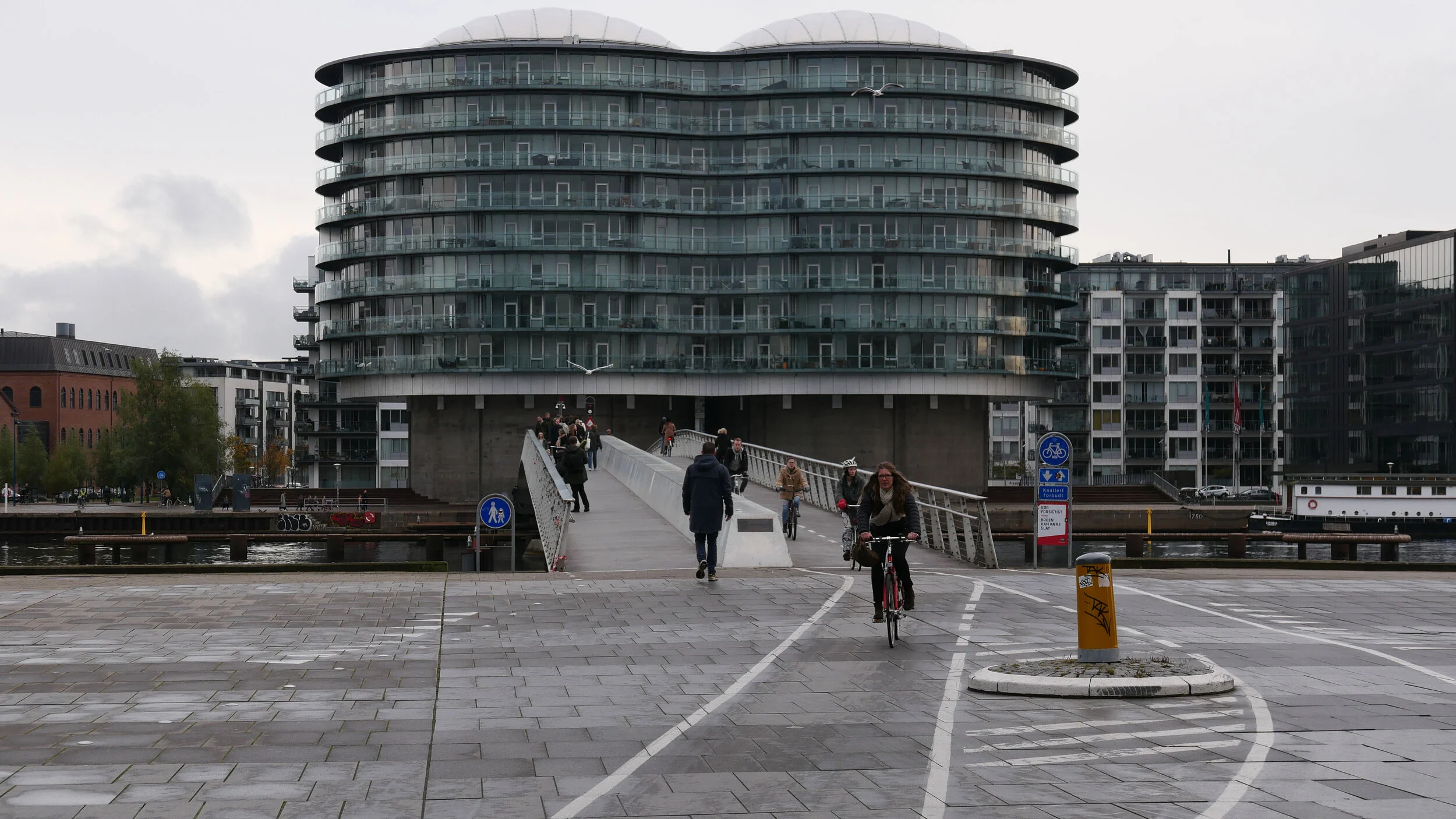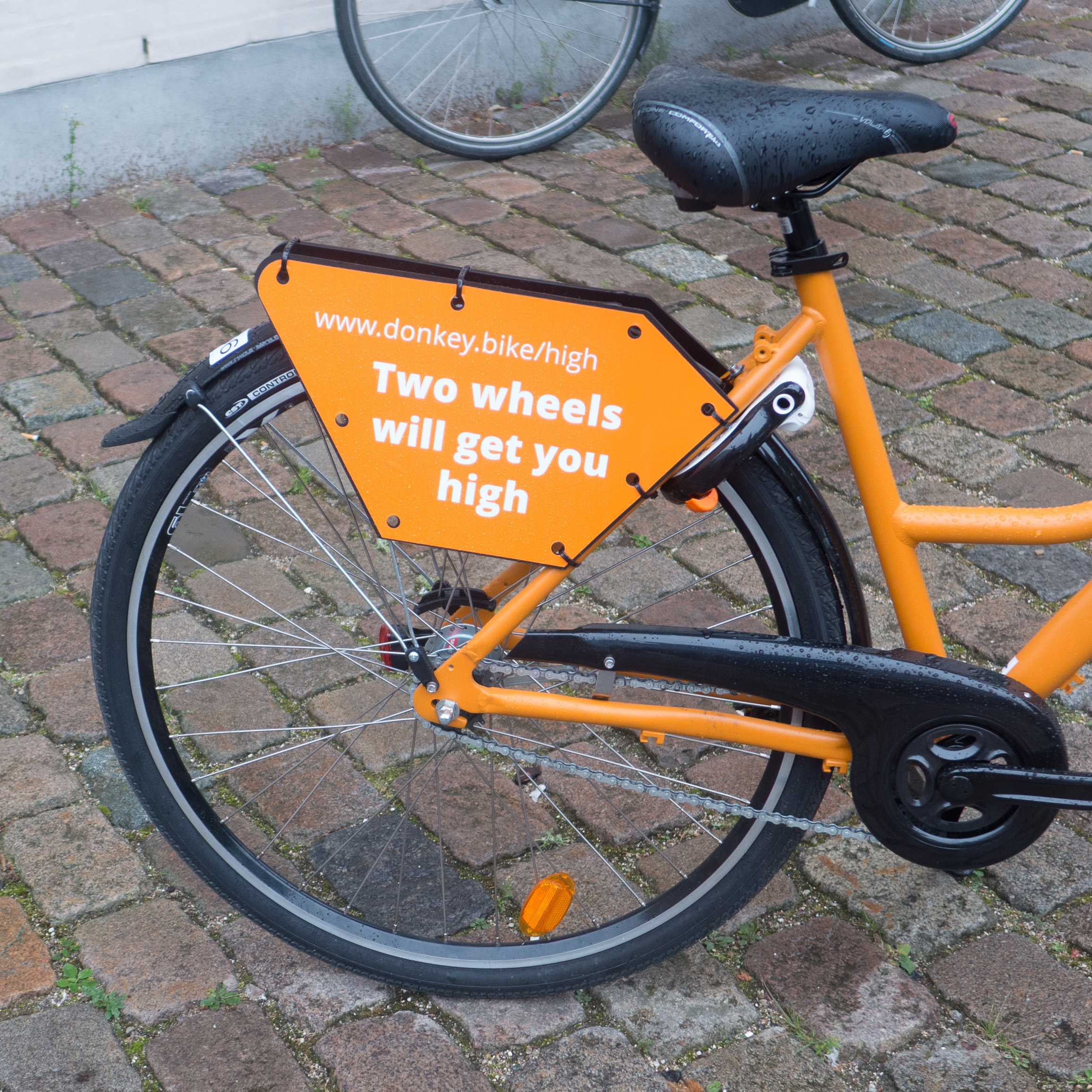cycle city copenhagen
/It has been said many times and in many places that there are a lot of bikes in Copenhagen but, even so, it's worth repeating because there really is an amazing number of bikes in the city.
Certainly more bikes than there are cars but the statistics actually show that there are more bikes than people ... approximately five bikes for every four people.
Four out of ten Danes own a car but nine out of ten Danes own a bike and, in Copenhagen, around half of all journeys to work or to school or college are by bicycle.
Bikes first appeared on roads in the city in the late 19th century and by the 1920s and 1930s bikes had become a common and popular form of transport for ordinary people.
The city is relatively flat and, even now, Copenhagen is relatively compact so it is about 15 kilometres (or 9 miles) from Charlottenlund, in the north, to Ørestad or Kastrup on Amager in the south and 13 kilometres (or 8 miles) from Brøndby on the old western defences of the city to the beach on the Sound on the east side of Copenhagen.
Children here learn to ride a bike when they are very, very young and many, from the age of seven, cycle to school alone. Teenagers, with several friends, are happy to pile onto a cargo bike to head out for the evening and everyday you see parents on bikes taking very small kids to nursery school or picking up a bike basket of food at the local shop. As many elderly people continue to use bicycles, they are clearly the popular choice for easy and cheap transport across all age groups.
Bikes are not just used for practical everyday trips but at weekends you see whole families or large groups of friends heading out on trips and racing clubs and bike events, like triathlons, are incredibly popular both with participants but also with large crowds of spectators.
In the inner city, with its narrow cobbled streets, bikes can certainly be quicker and easier than using a car and if you think that finding a bike rack is a hassle then try to find a place to park a car.
If you live in an inner-city apartment building then finding on-street parking for a car is almost impossible but most courtyards have bike racks and, if push comes to shove, or if you have a much cherished and very expensive bike, then carrying the bike up into your entrance hall or up and out onto a balcony, if you have one, is an option.
Each year about 500,000 bikes are bought in Denmark with a population of 5.6 million and I presume most of those are upgrades rather than replacements for bikes that have been lost or stolen although, to be honest, dredging the canals and the harbour for discarded bikes is a well-organised annual event.
Statistics taken from Cycling Embassy of Denmark
Bicycle statistics from Denmark
Nørrebrogade in the 1950s
the bike lane on Vester Voldgade is well used but here, on this particular day, slightly less frantic than Nørrebrogade
this is the route from Lille Langebro, the new bike and pedestrian bridge over the harbour, to Rådhuspladsen - the City Hall and the square in front of the city hall
Lille Langebro
Københavnerkortet / The Copenhagen Map
What makes cycling in the city easy and popular is the infrastructure for bikes ... that's the network of designated bike lanes along roads - to separate cyclists from other traffic - that makes being on a bike as safe as possible and there are also green bike lanes, with bikes segregated from vehicles, that make riding a bike fast, safe and a pleasure.
The first bike lane was laid out along Esplanaden, below the citadel, in 1892 so, this year, that's an astounding 130 years ago.
But, of course, there is also a win-win situation for cyclists where the more bikes that there are in the city then the more bike shops and bike repair shops there are and the more enthusiasts and the more bike makers there are and the more chance there is to find exactly the right bike for you.
Perhaps, the only serious problem for cyclists in the city is finding somewhere to leave a bike while you are at work or shopping or when you're out for the evening.
For people commuting every day, cyclists who have lived much of their lives or all their lives in the city, they know exactly where they are going and how they are getting there. That is why cyclists here move fast and get frustrated with tourists or pedestrians who drift around on bike lanes or dither and saunter across at pedestrian crossings .... but, even if you know the city well, keeping track of new bike lanes or plotting a route out to a new place can be a bit of a problem.
I have been meaning to post about Københavnerkortet - The Copenhagen Map - that is an amazing on-line resource.
It's a dynamic map site that is great for planning analysis but you can select features such as bike lanes with bike parking and zoom in or out and turn and save jpg images or even print out maps. It's a great way to understand an area that is new to you or to plan a bike trip out.
